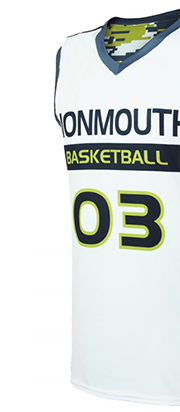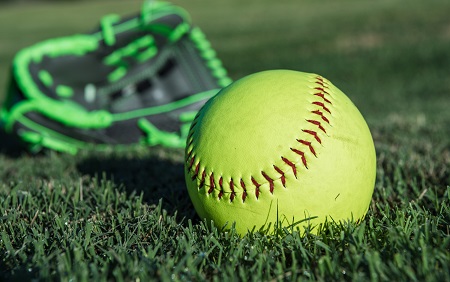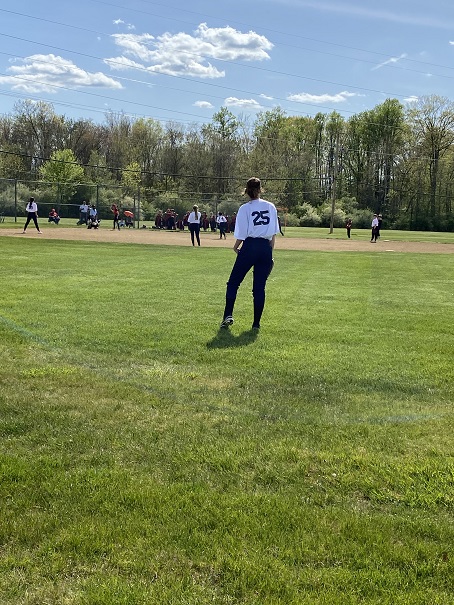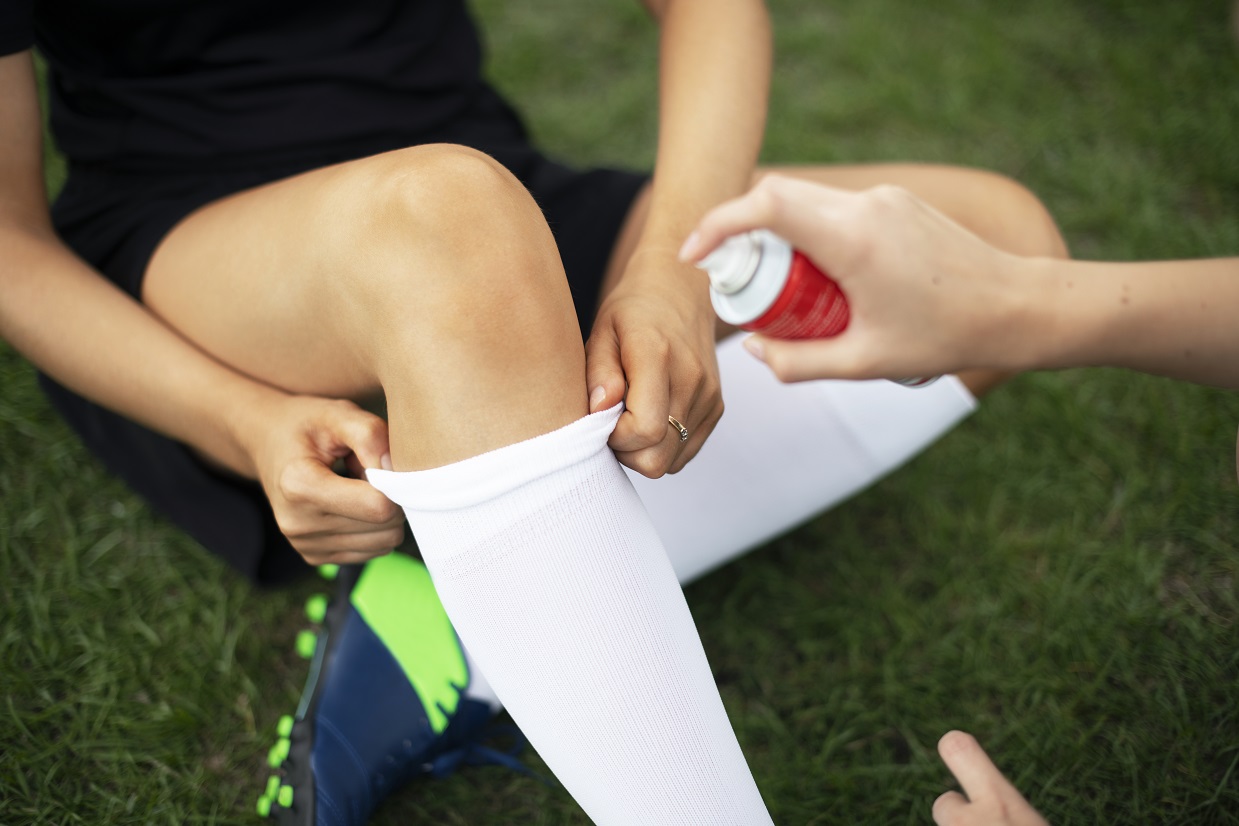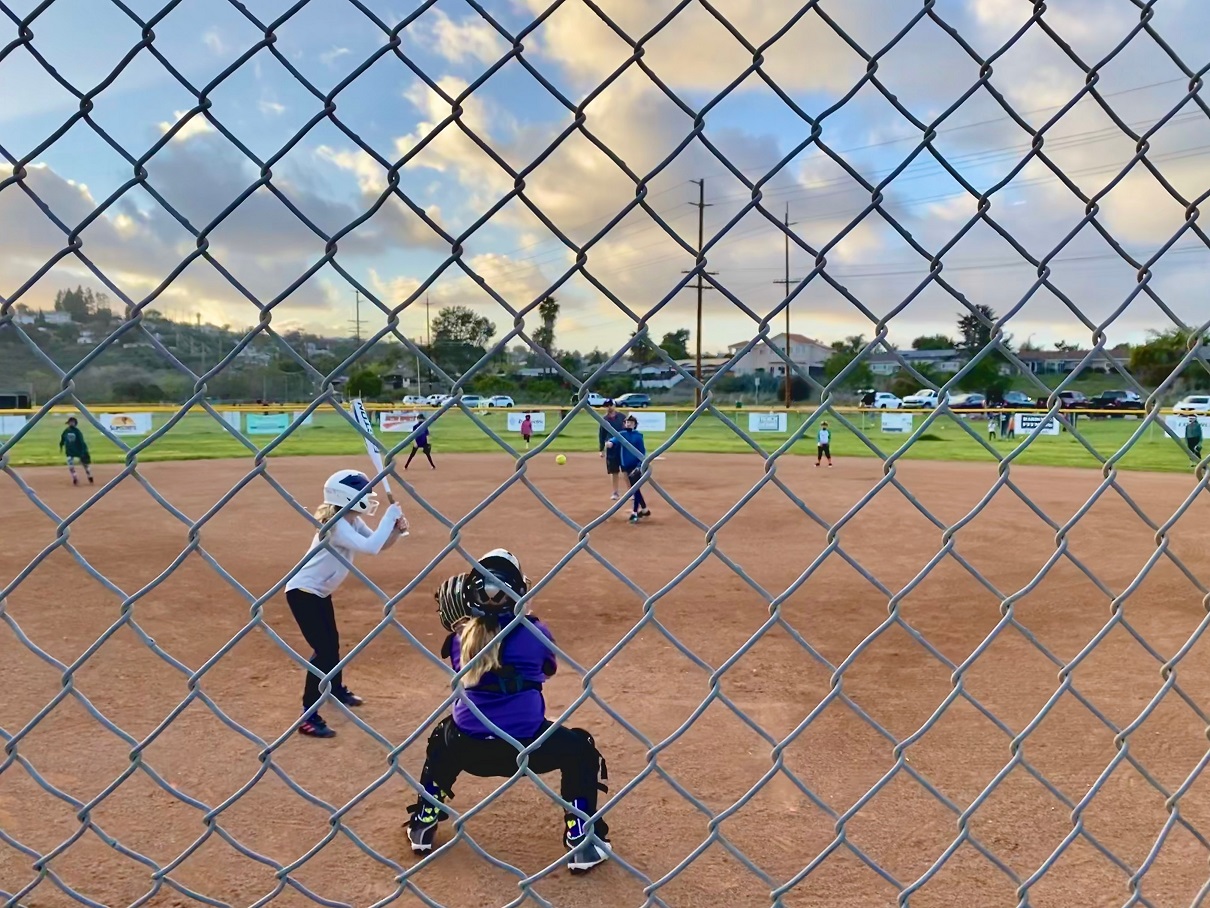Softball is an exciting and challenging sport that combines skill, athleticism, and strategy. It provides an excellent opportunity for young athletes to build teamwork, learn sportsmanship, and develop their physical fitness. As a youth softball coach, it’s important to provide players with the tools they need to succeed on game day. This article advises coaches on how to prepare for, manage, and reflect on game day for a successful season. From developing a strong game plan and making sure players are physically and mentally prepared, to coaching strategies for winning play and keeping players motivated during the game, this article will outline valuable tips for youth softball coaches that will help ensure success both on and off the field.
Key Takeaways:
- Pre-game preparation is essential for success on game day.
- Coaching strategies should focus on developing winning play, understanding team dynamics, and motivating players.
- Post-game reflection allows coaches to evaluate performance and identify areas for improvement.
- A positive coaching attitude is key to making softball a fun and rewarding experience for players.
- Resources for further reading and learning are available for coaches to continue their education on game-day advice.
What is Softball?
Softball is a great team sport that combines athleticism, strategy, and skill. It provides an excellent opportunity for young athletes to build teamwork, learn sportsmanship, and develop their physical fitness. As a youth softball coach, it’s important to teach the fundamentals of the game while also providing guidance on how to succeed on game day. This article will provide game-day advice for youth softball coaches, from pre-game preparation to post-game reflection and everything in between.
Softball is a sport that consists of two teams playing against each other, with nine players on the field at once. The primary objective is for one team to score more runs than the other. There are two types of softball, slowpitch, and fastpitch. Slowpitch is a game played with a slower-paced pitch, while fastpitch is a faster-paced game.
Playing softball has many benefits for young athletes. It teaches discipline, teamwork, coordination, and strategy. It’s also a great way to develop physical fitness, as it requires running and throwing. Softball is a fun sport that can be enjoyed by players of all ages.
When it comes to game-day advice for youth softball coaches, there are several important elements to consider. This article will outline key tips on pre-game preparation, coaching strategies during the game, and post-game reflection. Pre-game preparation involves making sure players are physically and mentally ready for the game. Coaching strategies should focus on developing winning play, understanding team dynamics, and motivating players. Finally, post-game reflection allows coaches to evaluate performance and identify areas for improvement.
Pre-Game Preparation
Pre-game preparation is essential for success on game day. As a coach, it’s important to develop a strong game plan and make sure your players are physically and mentally ready for the challenge at hand. Start by taking inventory of each player’s skillset and abilities and build an effective strategy that will get the most out of the team. Work on drills and practice plays that will benefit the players’ individual strengths and help them better understand their roles on the field. Provide positive reinforcement to build confidence before game day and make sure everyone is on the same page with regard to expectations and goals.
Physically, it’s important for players to warm up, stretch, and practice proper throwing, catching, and batting techniques before the game. Encourage hydration throughout the day and provide healthy snacks that will help players maintain their energy levels. Finally, ensure that all safety protocols are in place to mitigate the risk of injury on the field.
Mentally, coaches should remind players of their responsibilities and encourage an open dialogue about any questions, concerns, or worries they may have. Provide guidance on how to manage stress and focus their energy on the game. Discuss strategies for dealing with adversity and remind players of their commitment to the team. Working together before the game will help ensure that everyone is prepared and ready to go when it’s time to hit the field with customized softball jerseys.
By following these pre-game preparation tips, coaches will be better equipped to lead their teams to victory on game day. With the proper planning and training, players will have all of the tools they need for a positive experience that builds teamwork and instills sportsmanship.
During the Game
During the game, it’s important for coaches to focus on developing strategies that will help their team win. This means making sure players know the rules of the game and understand how to capitalize on opportunities that arise during play. Coaches should also be aware of individual player strengths and weaknesses, as well as team dynamics, in order to maximize the team’s performance. Keeping players motivated is essential for success and can be done through positive reinforcement, setting goals, and celebrating accomplishments. Coaches should also be prepared to handle unexpected situations such as injuries or uncooperative players. Having a plan in place for how to deal with these types of issues will help keep everyone on track and ensure that the game stays focused and under control.
Post-Game Reflection
Post-game reflection is a valuable tool for youth softball coaches to assess performance and set goals for future success. After the game, it’s important for coaches to take time to evaluate what worked, what didn’t, and why—both from a mechanics standpoint and an intangibles point of view. This evaluation should be used to create strategies for long-term success and identify areas where players need more practice or instruction. It’s also an important opportunity to reaffirm the commitment to making softball a fun and rewarding experience for everyone involved.
At the post-game meeting, coaches should ask questions that encourage players to think critically about their performance and the game in general. Questions such as “What plays did we execute well?” and “What could we have done better?” can be used to help players gain insight into their own strengths and weaknesses, as well as those of the team. Coaches should also take the time to recognize individual achievements and provide positive feedback to keep players motivated.
Ultimately, post-game reflection is an opportunity for coaches and players to reflect on the game—and season—as a whole. It’s an important part of developing strategies that will lead to long-term success and reaffirming the commitment to making softball fun for everyone involved. With proper evaluation and open dialogue, coaches and players can make the most out of their game-day experiences and set themselves up for success.




